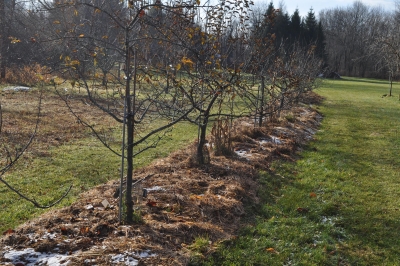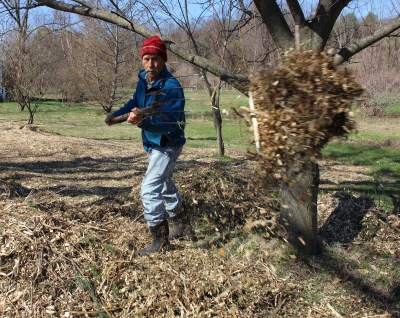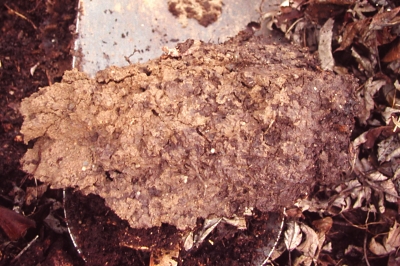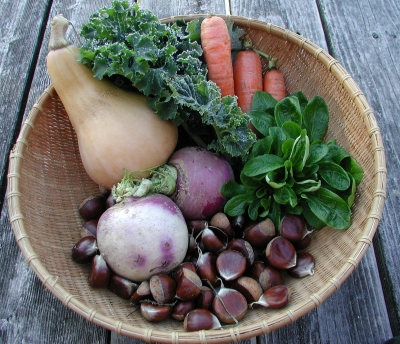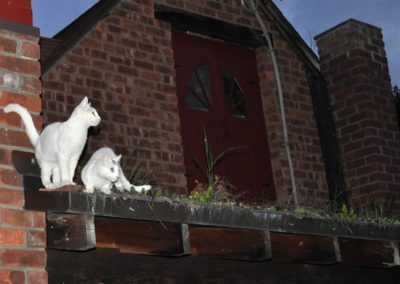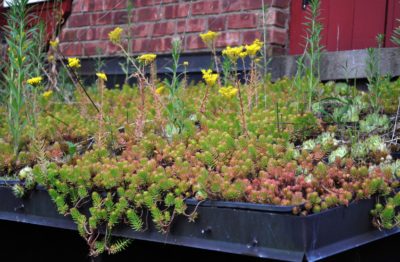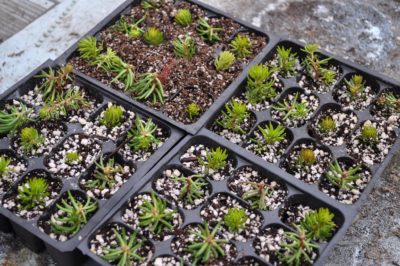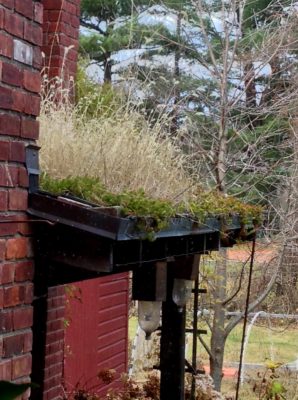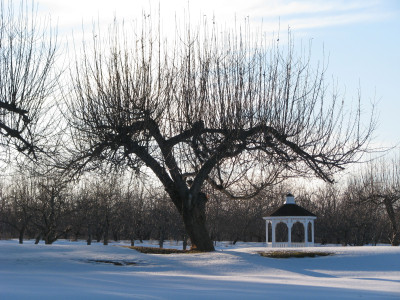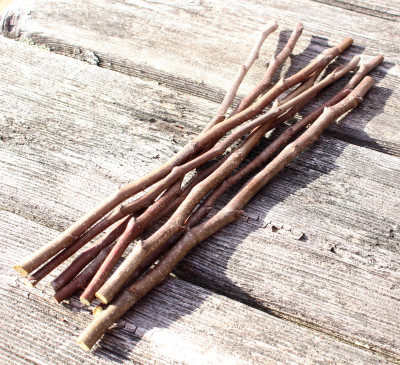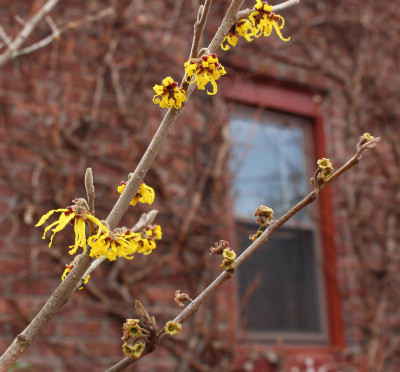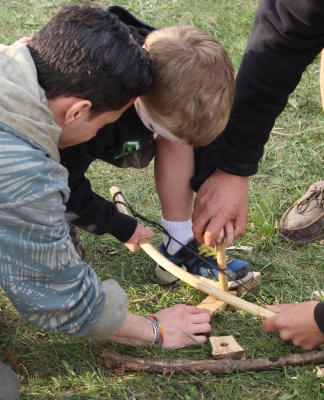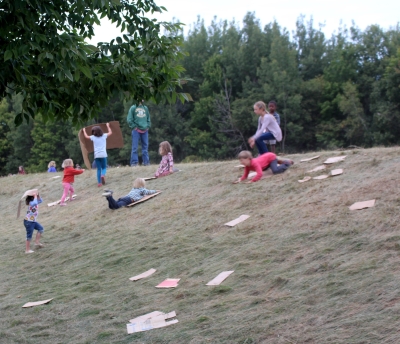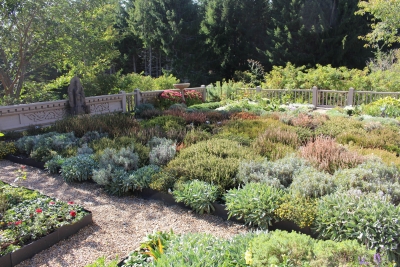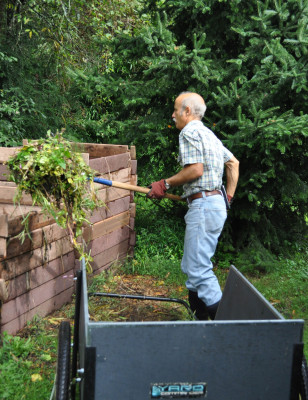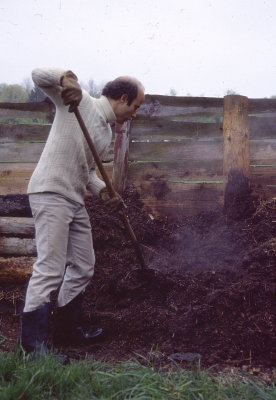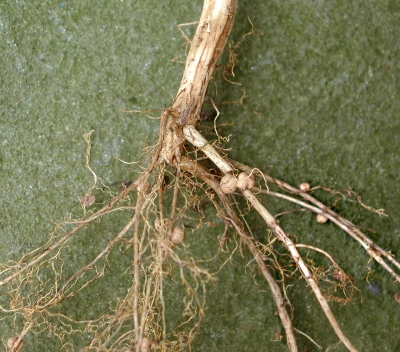The Green Faerie
In a Smoke-Filled Café . . .
What you are about to read might have been improved upon if I had been writing with la fée verde (the green fairy) looking over my shoulder. Or better yet, if I also was writing from a smoke-filled cafe in Paris.

The Green Faerie, Viktor Oliva
Or even better, from a smoke filled cafe at the turn of the 19th century, hanging out with the likes of Ernest Hemingway, Oscar Wilde, James Joyce, and Lord Byron.
There’s a certain mystique with drinking absinthe, la fée verde, a distilled spirit concocted from various herbs which might include tansy, fennel, green anise, and bee balm. The most important ingredient is, of course, Artemisia absinthe, absinthe, the plant. Absinthe is one of many plants in the genus Artemisia, commonly referred to as mugwarts or wormwoods.
Full disclosure: I generally am not fond of this genus because it’s one of my worst weeds. My artemisiac nemesis is not absinthe, though, but common wormwood (Artimesia vulgaris). This ugly, perennial weed perennially keeps poking up through the leafy mulch beneath a clump of delphiniums in one corner fo the garden.
Whence the Green Faerie?
But back to absinthe, the drink. It’s been accused of being an addictive, psychoactive drug and hallucinogen, which led to its being banned in the early 1900s almost everywhere except the United Kingdom.
Artemisias all contain potent chemicals, and the chemical of potency of absinthe is thujone. Not that absinthe has cornered the market on thujone; it’s also found in some junipers, tansy, some mints, and arborvitae, whose generic name is Thuja.
As it turns out, the concentration of thujone in absinthe is too low to invite visits from the green fairy.

The Absinthe Drinker, Picasso
That invite comes from alcohol, 45-74%, that’s responsible — duh — for absinthe’s bringing on hallucinations and other psychological changes. And its addictiveness.
Still, thujone can be toxic, which is perhaps why absinthe sold in the U.S. must contain less than 10 ppm thujone. Which has led to some rumors that American absinthe isn’t “real” absinthe. Not true because, first of all, absinthe is not a well defined alcoholic drink. And secondly, less thujone does not mean less absinthe, the plant, in the bottle. Particular absinthe plants vary in their thujone concentration. And thirdly, thujone concentration in the absinthe poured out of the bottle will vary also with length and method of storage; it decomposes over time.
Most artemisias are very bitter, so enjoying absinthe, the drink, is an acquired taste. (I’ve never tasted absinthe, nor, with my aversion to bitter flavors, do I intend to.) And even then, absinthe is not a liquid anyone would drink straight up.

The Absinthe Drinker, Degas
All of the various methods of imbibing it involve sweetening it with sugar and diluting it with some iced water. Well, perhaps not all methods in this era of craft cocktails.
Absinthe, the plant, is not hard to grow. It’s a perennial that’s native to Europe but has naturalized in the U.S. and Canada. (Uh oh.) It enjoys a dry, fertile soil, especially one rich in nitrogen. Artemisias generally have relatively inconspicuous flowers but sometimes attractive, hoary leaves; absinthe’s leaves are gray-green on their upper sides and white on their undersides. Dusty Miller is the showiest of the artemisias, with powdery, white leaves.
My experience with common wormwood makes the ease of propagating absinthe somewhat frightening. Cuttings root readily and the plant self-seeds generously.
One Artemesia I Do Like
Now that I think of it, there is one artemesia that I do especially like, despite its potential weedy nature. Sweet Annie (A. annua) is a self-seeding annual whose tiny seeds sprout every spring to grow into 2 to 5 foot tall sweetly fragrant plants. 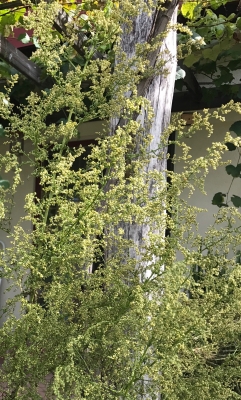 The sweet, resiny aroma is retained in air-dried plants for years. I keep a clump hanging upside down near my front door so that the aroma can waft into the air when the door is opened or someone brushes past.
The sweet, resiny aroma is retained in air-dried plants for years. I keep a clump hanging upside down near my front door so that the aroma can waft into the air when the door is opened or someone brushes past.
When l’heure verte (the green hour, as 5 pm was called among absinthe enthusiasts (or addicts) in late 19th century France arrives, you won’t see me sitting at a table peering down into my glass of absinthe. The only artemesia that I might imbibe would be Sweet Annie, not because it tastes good. If I ever contract malaria, Sweet Annie is the ticket. It’s a traditional Chinese treatment and has in recent decades been incorporated into modern treatments also. So that’s another reason to like Sweet Annie, but not absinthe.

